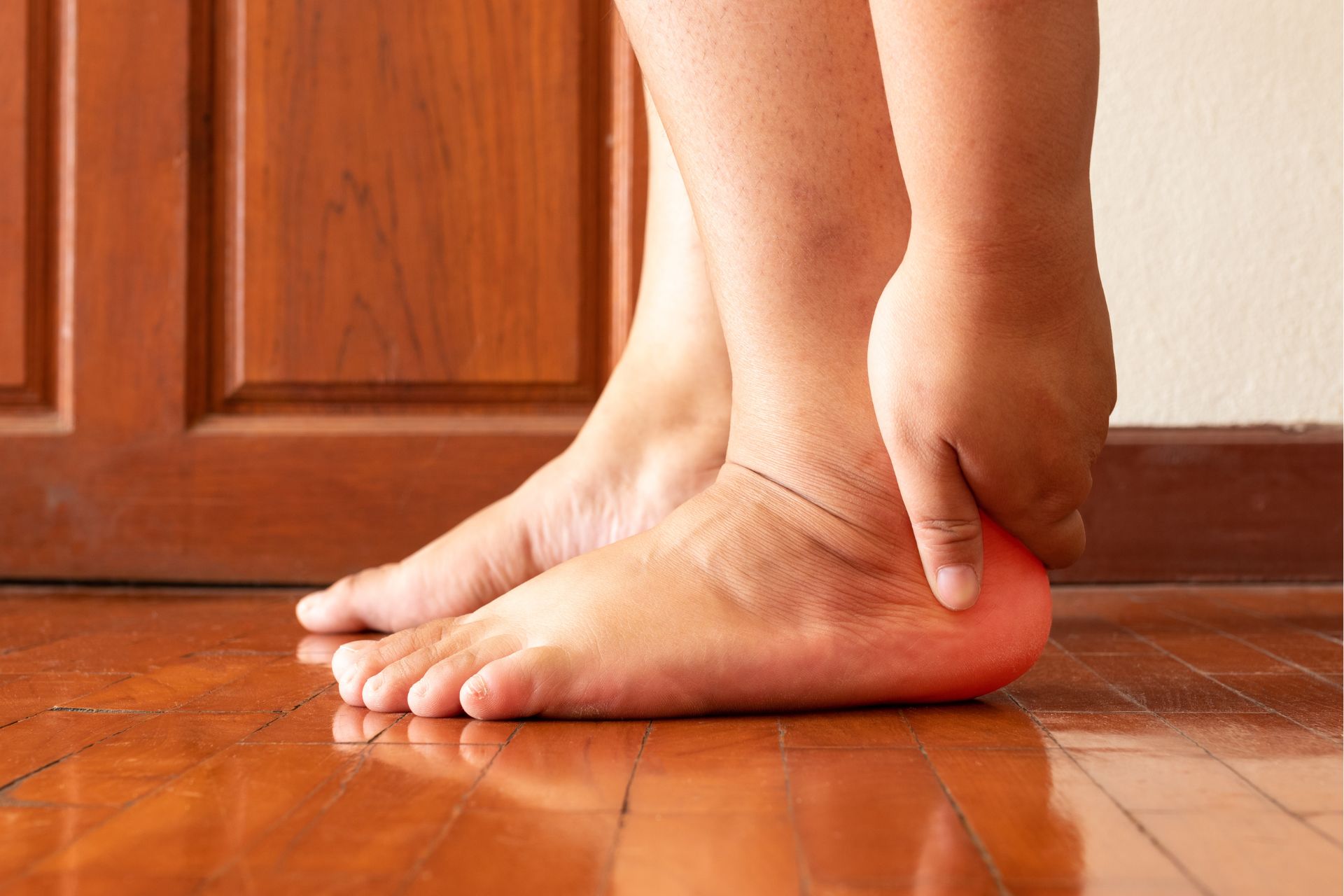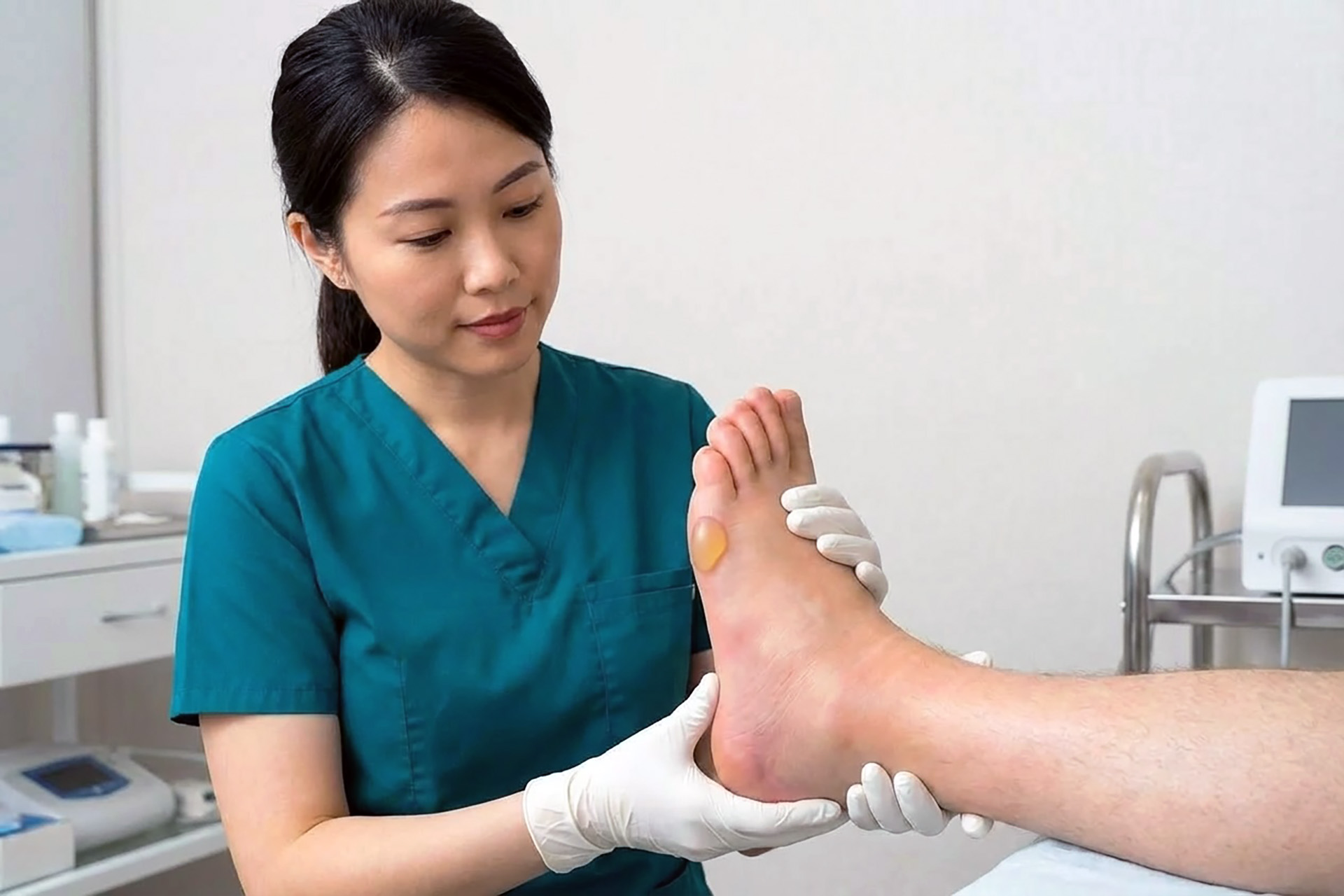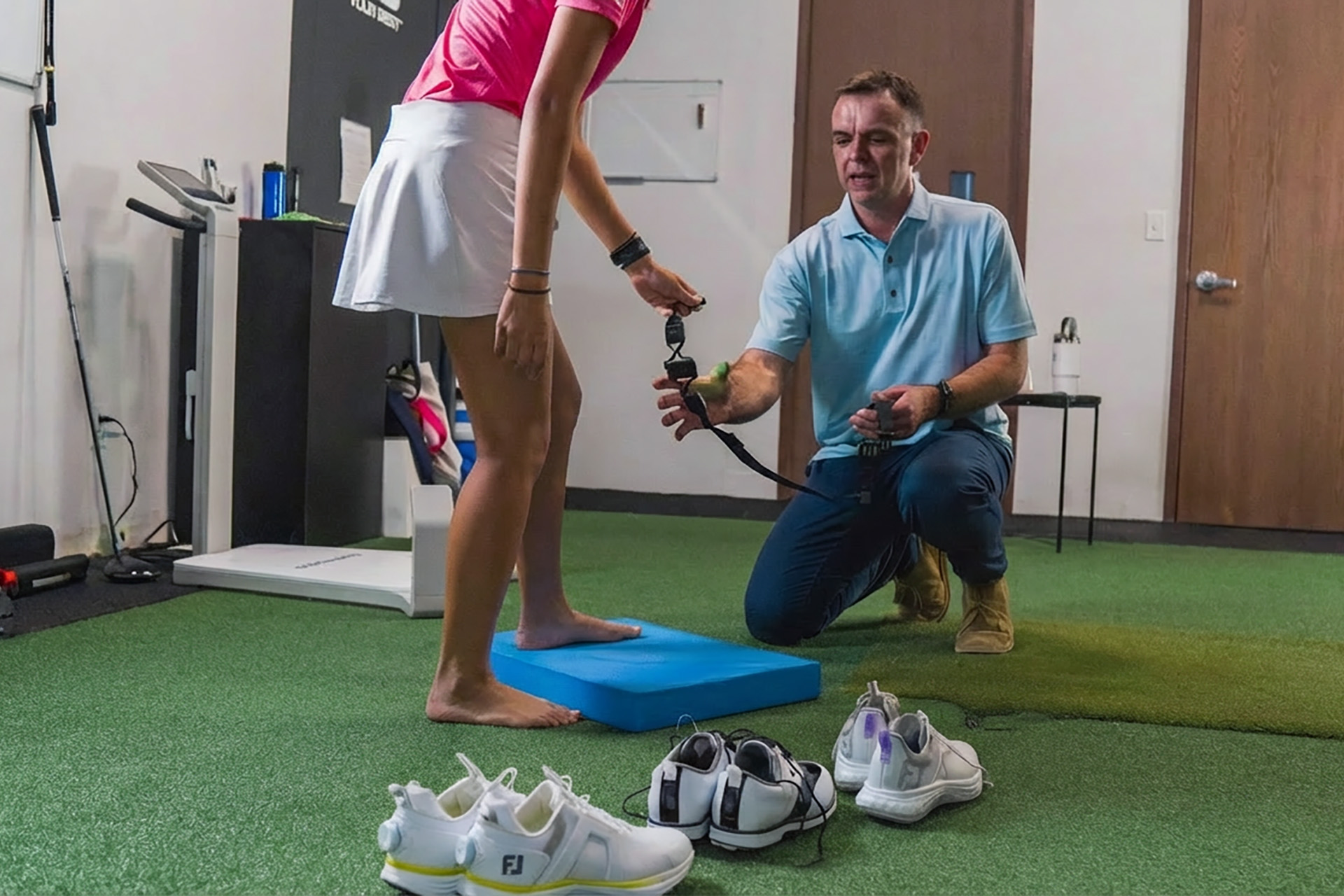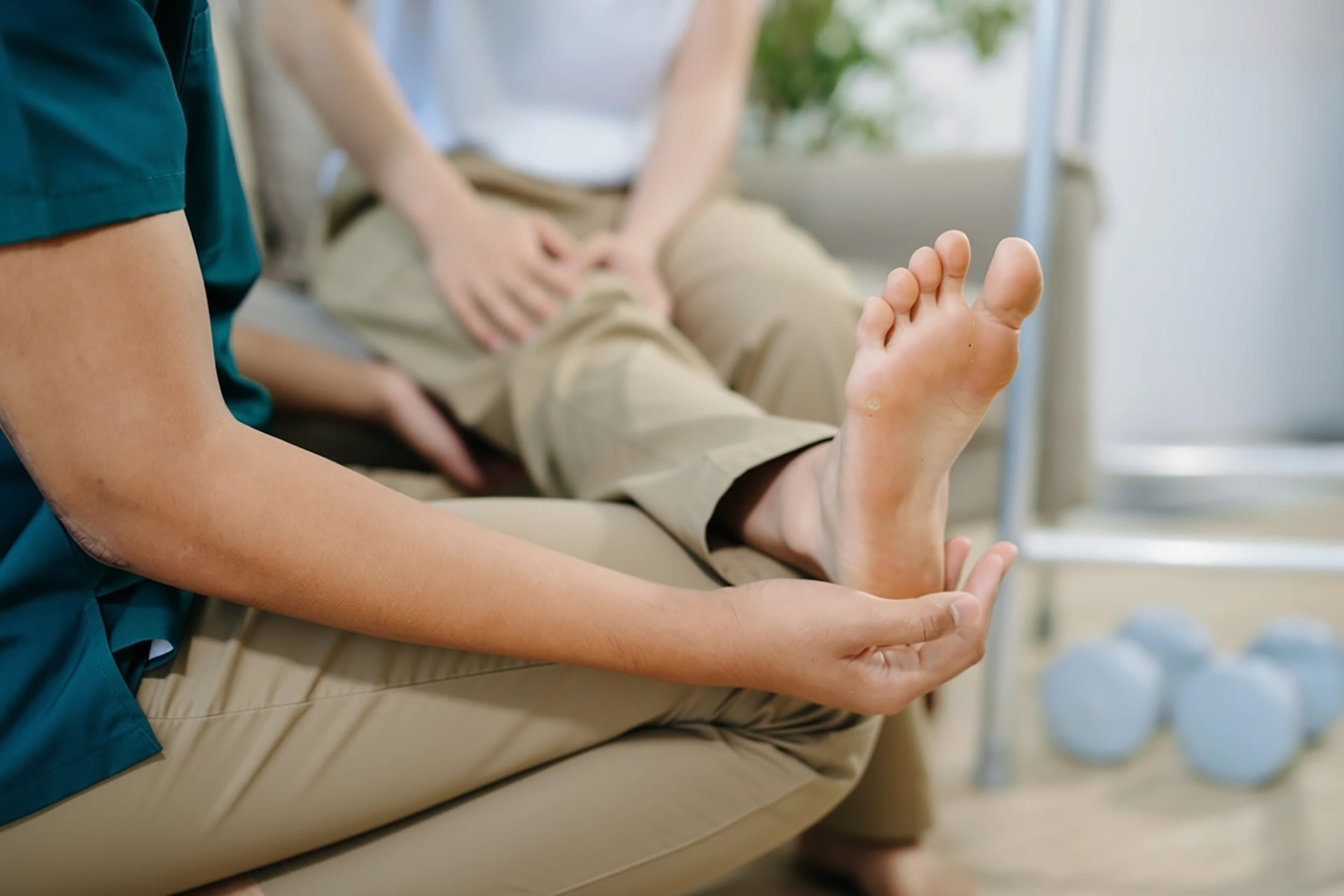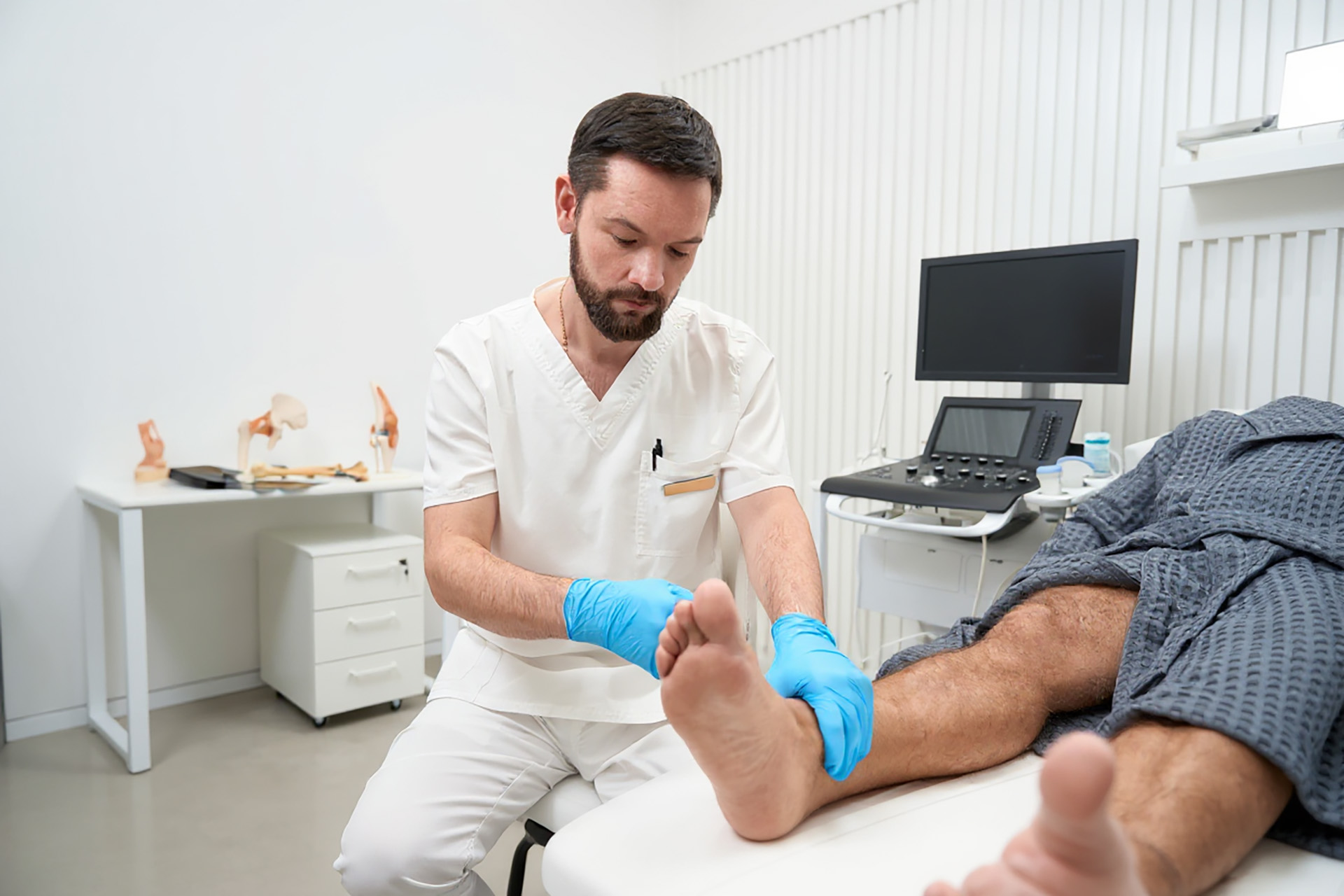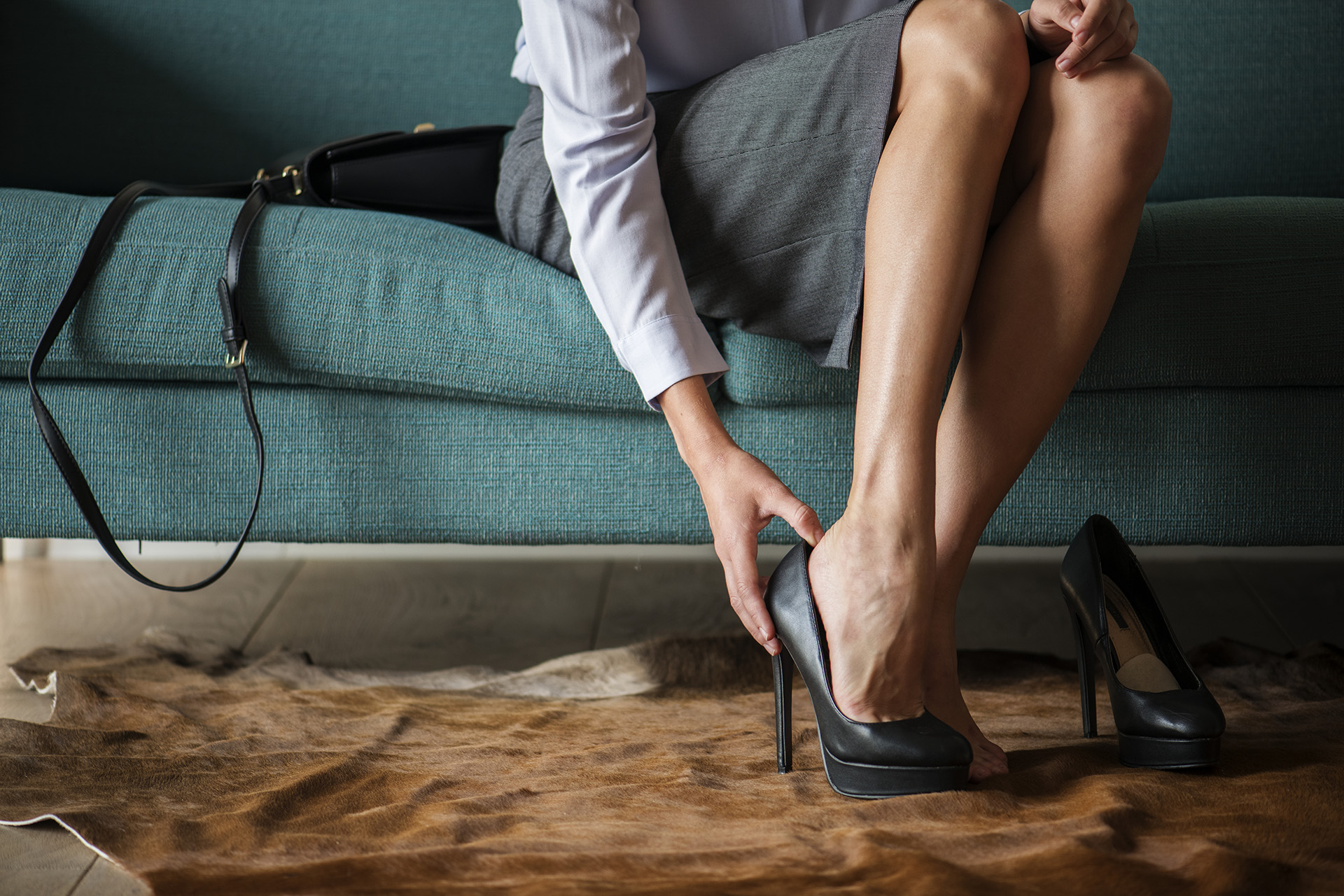Retrocalcaneal bursitis might sound complex, but many people unknowingly experience it. Simply put, it’s the inflammation of a small, fluid-filled sac called the retrocalcaneal bursa, which sits between the Achilles tendon and the heel bone. This tiny structure is integral in reducing friction and allowing smooth tendon movement. When inflamed, it can cause significant discomfort and limit mobility.
The causes of retrocalcaneal bursitis are varied, often stemming from a combination of factors rather than a single incident. Overuse is a common culprit, particularly in athletes who engage in repetitive activities that stress the Achilles tendon. Runners, dancers, and basketball players are especially prone to developing this condition. However, it’s not just athletes who are at risk. Individuals with certain foot structures, such as high arches or tight Achilles tendons, may be more susceptible. Additionally, sudden increases in activity level, improper footwear, and even certain systemic diseases like rheumatoid arthritis can contribute to the development of retrocalcaneal bursitis.
Recognising the symptoms of retrocalcaneal bursitis is crucial for early intervention and effective treatment. The hallmark sign is pain at the back of the heel, which often worsens with activity and may be particularly noticeable when starting to move after periods of rest. You might experience swelling around the Achilles tendon insertion point and feel warmth in the affected area. Some people describe a sensation of fullness or tenderness when pressing on the sides of the heel. In more severe cases, you may notice redness and have difficulty wearing shoes comfortably, as the inflamed area can be sensitive to pressure.
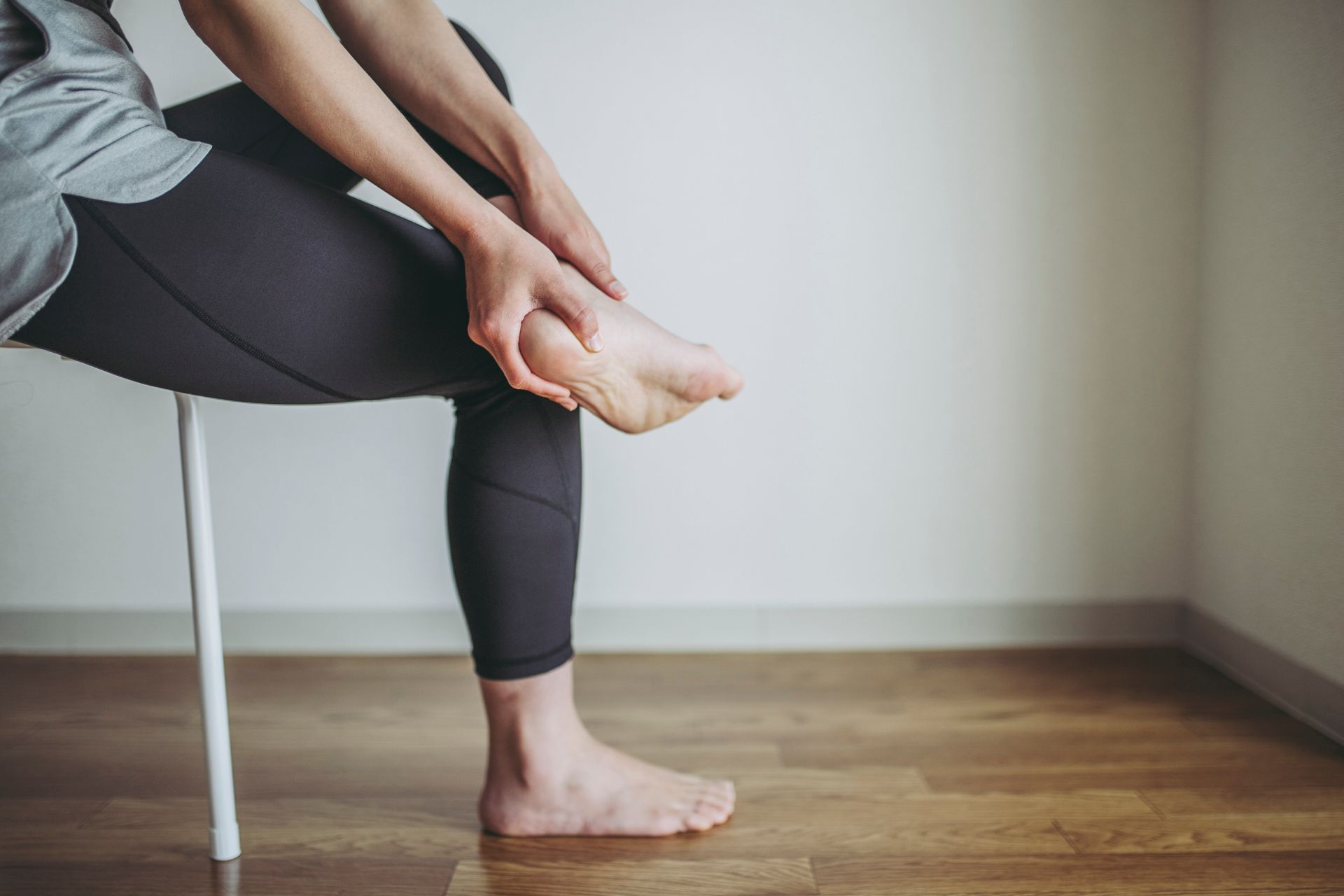
A Multifaceted Podiatric Approach:
When it comes to retrocalcaneal bursitis treatment, podiatry offers a comprehensive and highly effective approach. Podiatrists are specialists in foot and ankle health, equipped with the knowledge and tools to address your condition’s symptoms and underlying causes. Their treatment plans are typically multifaceted, combining various therapies to provide immediate relief and long-term management.
One of the first steps in treating retrocalcaneal bursitis is often a thorough footwear assessment. Many people underestimate the impact that shoes can have on foot health. A podiatrist will evaluate your current footwear and may recommend changes or modifications. Shoes with adequate support, proper cushioning, and a design that reduces pressure on the heel can make a significant difference in managing symptoms and preventing recurrence.
Orthoses, or custom foot orthotics, are another valuable tool in the podiatrist’s arsenal. These devices are tailored to your specific foot structure and gait pattern. By providing targeted support and realigning the foot and ankle, orthoses can help distribute pressure more evenly, reducing strain on the affected bursa. For many patients, introducing custom orthotics marks a turning point in their treatment, offering noticeable relief and improved function.
Stretching exercises form an essential component of retrocalcaneal bursitis treatment. A podiatrist will typically prescribe a regimen of specific stretches targeting the Achilles tendon and calf muscles. These exercises help improve flexibility, reduce tension on the bursa, and promote healing. While it may seem counterintuitive to move a painful area, controlled stretching under professional guidance can significantly accelerate recovery and prevent future flare-ups.
Noninvasive Shockwave Therapy uses high-energy sound waves to stimulate healing in the affected tissues. It can help break down scar tissue, increase blood flow to the area, and promote the body’s natural healing processes. Many patients report significant pain reduction and improved function after a series of shockwave therapy sessions.
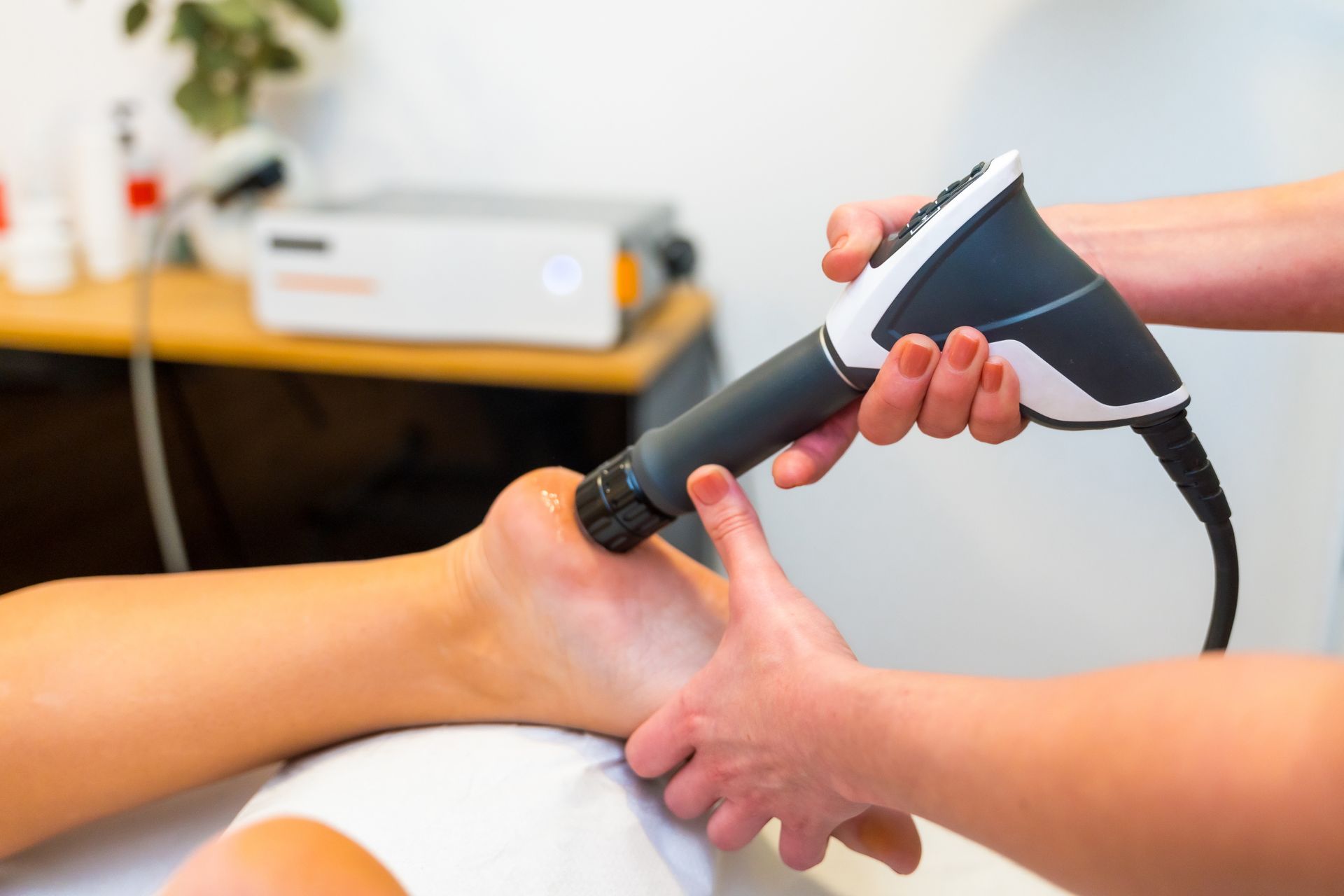
One of the most valuable aspects of podiatric care for retrocalcaneal bursitis is the biomechanical assessment. This comprehensive evaluation examines how your feet and legs function during various activities. A podiatrist can develop a targeted treatment plan by identifying abnormalities in your gait or structural issues contributing to your condition. This might include recommendations for specific exercises, footwear adjustments, or orthotics to correct imbalances and reduce stress on the affected area.
The beauty of the podiatric approach lies in its personalisation. No two cases of retrocalcaneal bursitis are precisely alike, and a skilled podiatrist will tailor the treatment plan to your specific needs, lifestyle, and goals. This might mean combining several therapies above or exploring additional options such as taping techniques, night splints, or even minimally invasive procedures in severe cases.
It’s worth noting that while retrocalcaneal bursitis can be a frustrating and painful condition, the prognosis with proper treatment is generally very good. Many patients experience significant improvement within a few weeks of starting a comprehensive treatment plan. However, patience and consistency are key. Healing takes time, and adhering to your podiatrist’s recommendations, including any prescribed home care routines, is crucial for long-term success.
Prevention Is The Key to Long-Term Foot Health
Once you’ve experienced retrocalcaneal bursitis, preventing recurrence becomes a priority. The good news is that many of the treatments used to address the condition also serve as excellent preventive measures. Continuing with appropriate stretching exercises, maintaining proper footwear habits, and using custom orthotics if prescribed can all help keep your feet healthy and pain-free.
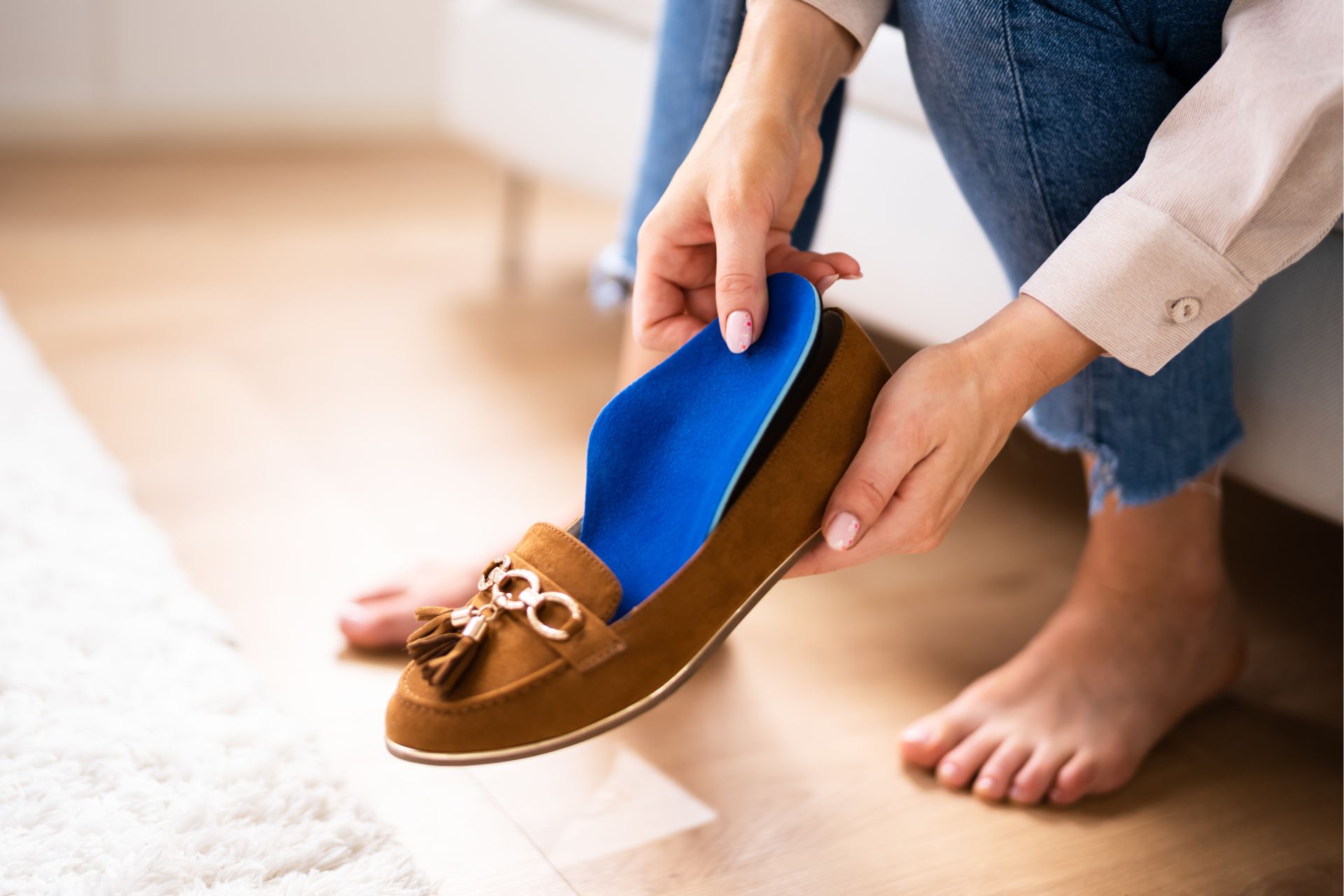
Regular check-ups with your podiatrist can be beneficial even after your symptoms have resolved. These visits allow for early detection of any potential issues and provide an opportunity to adjust your care plan as needed. Remember, your feet are the foundation of your body, and investing in your health can have far-reaching benefits for your overall well-being and quality of life.
Living with heel pain doesn’t have to be your reality. If you’re experiencing symptoms of retrocalcaneal bursitis or any other foot or ankle discomfort, don’t wait for it to resolve. Early intervention can significantly improve your treatment outcome and recovery time. Contact The Foot Practice today.

